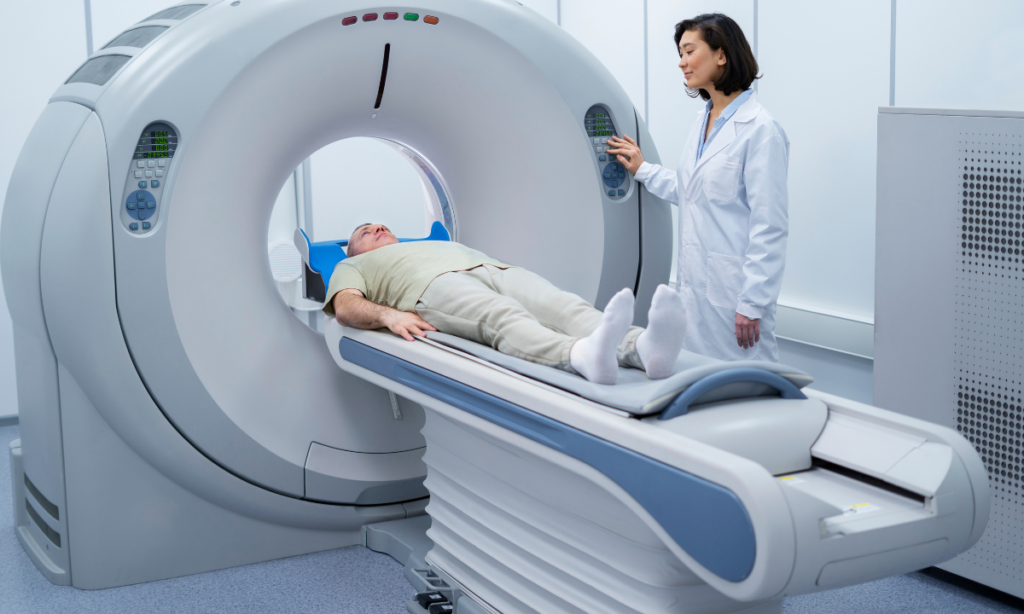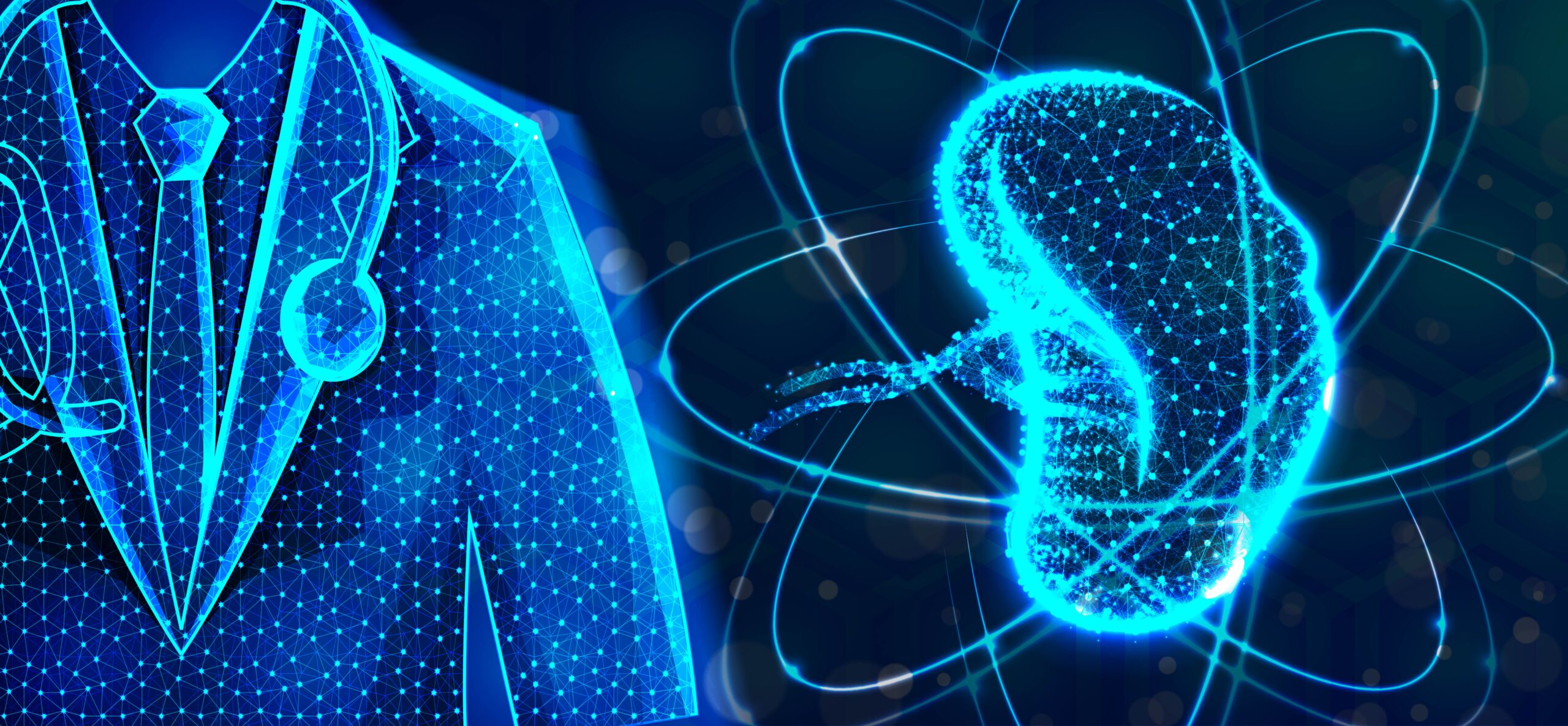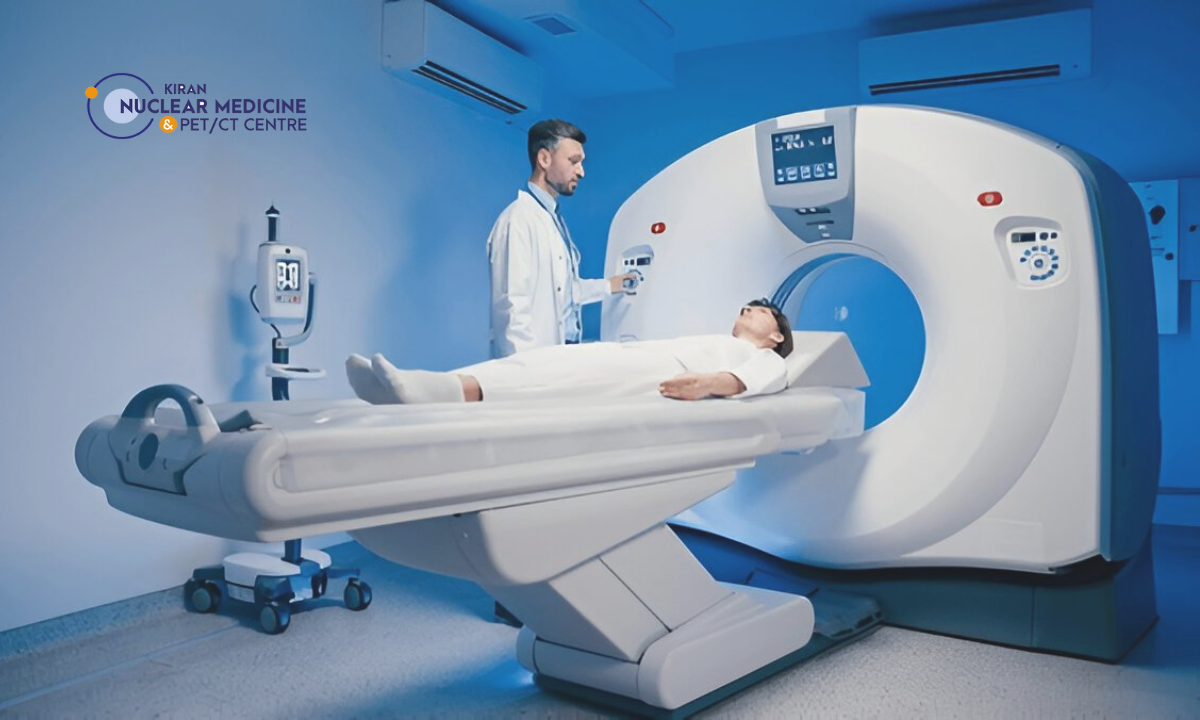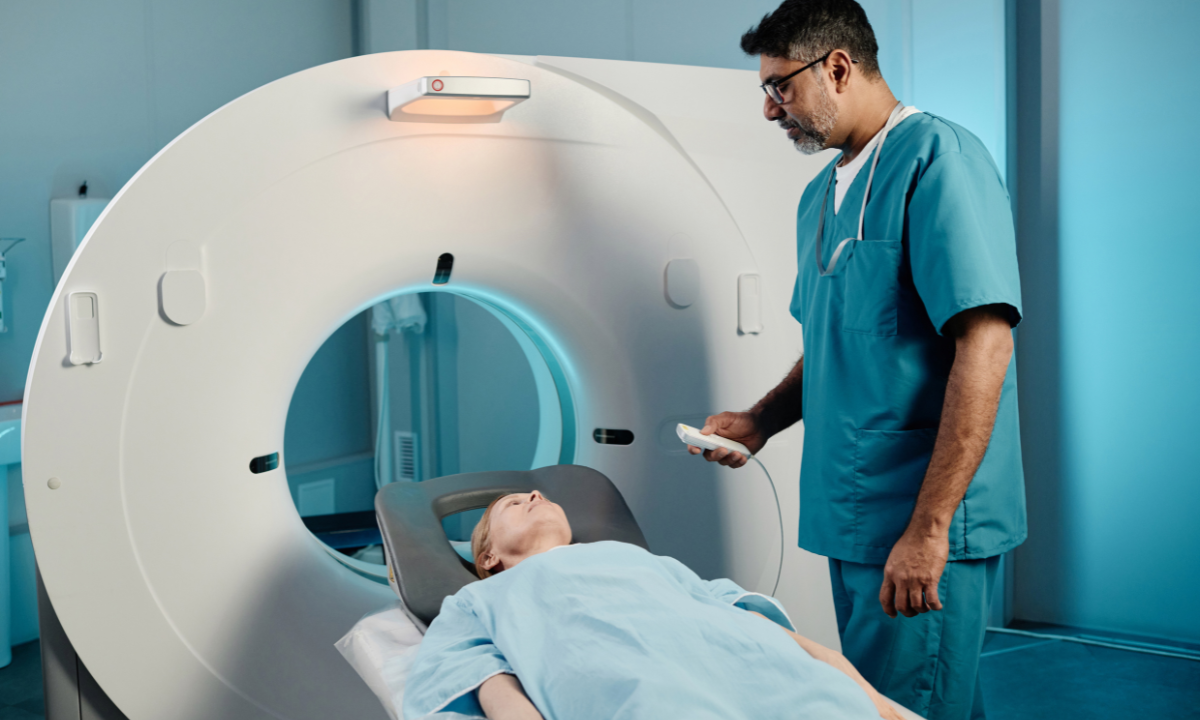A renal DTPA scan is a specialized nuclear medicine test used to evaluate kidney function and structure. It provides detailed insights into how well the kidneys are working and whether there are any obstructions or abnormalities.
Unlike routine blood tests, this scan offers a functional view, making it highly valuable in both diagnosis and treatment planning.
With advanced imaging centres offering DTPA scan in Bangalore, patients now have access to precise evaluations for better management of kidney health.
But what exactly does this scan involve, and how should you prepare for it? Let’s explore everything you need to know in detail.
DTPA Scan Means

Many people wonder, “What does a DTPA scan means?”
DTPA stands for Diethylenetriamine Pentaacetic Acid, a radioactive tracer used in nuclear medicine. When injected into the body, it travels to the kidneys, allowing doctors to assess kidney function and blood flow through advanced imaging techniques.
This test provides more accurate information than a standard kidney function test because it shows both how well the kidneys filter blood and how efficiently urine drains into the bladder.
Why is a Renal DTPA Scan Important?

A renal DTPA scan helps detect conditions that regular tests may miss. It is commonly recommended in cases of:
- Blockage or obstruction in the urinary tract.
- Evaluating kidney function after surgery or transplant.
- Measuring split renal function (how each kidney is working).
- Diagnosing chronic kidney disease progression.
- Monitoring treatment response in renal disorders.
Tip: If you experience symptoms like persistent flank pain, recurrent urinary tract infections, or unexplained swelling, your doctor may suggest a DTPA scan.
DTPA Scan Uses
The DTPA scan uses are wide-ranging and extend beyond simple kidney evaluation. Some of the most important uses include:
| Purpose | Example |
|---|---|
| Functional analysis | Determine if one kidney is weaker than the other |
| Post-surgery assessment | Check recovery after a kidney transplant or surgery |
| Obstruction detection | Identify blockages in urinary pathways |
| Hypertension evaluation | Determine if high blood pressure is kidney-related |
This versatility makes the scan an essential part of modern renal health monitoring.
The Procedure: What to Expect
Patients often feel anxious before medical scans, but knowing the steps helps ease stress. Here’s what usually happens during a renal DTPA scan:
- Preparation: You may be asked to drink water and avoid certain medications.
- Tracer Injection: A small dose of DTPA tracer is injected into your vein.
- Imaging: You will lie still on a scanner bed while images are taken over 20–40 minutes.
- Post-scan observation: Normal activity can usually be resumed immediately after the test.
The scan is painless, safe, and generally well-tolerated by patients of all ages.
Understanding Your DTPA Scan Report
The DTPA scan report provides detailed measurements of kidney function. It usually includes:
- Split renal function: Percentage of work done by each kidney.
- Drainage patterns: To detect obstruction or blockage.
- Filtration rate: How efficiently the kidneys are filtering blood.
Doctors interpret these results alongside other clinical findings to decide on treatment or surgery.
Example: If one kidney is functioning at 30% and the other at 70%, treatment may focus on protecting the healthier kidney.
DTPA Scan Test Price
The DTPA scan test price may vary depending on the hospital, city, and technology used.
While cost is a factor, accuracy and reliability should always take priority when choosing a diagnostic centre. Advanced facilities ensure better reporting and accurate clinical decisions.
Role of DTPA Scan in Bangalore
With rising renal health concerns, access to high-quality imaging is vital. Opting for a DTPA scan in Bangalore ensures timely and precise evaluation by experienced professionals using advanced technology.
This scan is often combined with other imaging tools for comprehensive assessment, especially in complex cases like kidney transplants or chronic kidney disease.
Lifestyle Tips for Better Renal Health
- Stay Hydrated: Drink enough water daily to support kidney filtration.
- Limit Salt: Excess sodium can increase kidney strain.
- Manage Blood Pressure & Sugar: Both are leading causes of kidney disease.
- Avoid Self-medication: Overuse of painkillers or antibiotics can harm the kidneys.
- Regular Check-ups: Early monitoring ensures timely treatment.
Final Thoughts
A renal DTPA scan is one of the most effective tools for assessing kidney health, detecting blockages, and monitoring function.
With advanced facilities offering DTPA scan in Bangalore, patients can now receive accurate and timely evaluations. For more complex assessments, doctors may also recommend additional imaging, such as a PET scan in Bangalore, to get a complete picture of overall health.
At Kiran PET CT, we provide reliable and advanced imaging services to ensure patients receive the right diagnosis and care. Protecting your kidneys today ensures better health tomorrow.
FAQs on Renal DTPA Scan
1. Is a renal DTPA scan safe?
Yes, it is very safe. The radioactive tracer dose is minimal, and it exits the body quickly. Side effects are extremely rare, making the scan suitable even for children.
2. How long does a renal DTPA scan take?
The scan usually takes 30–45 minutes, including preparation and imaging. Some complex cases may take longer, but patients can return to normal activities immediately after the procedure.
3. Does a DTPA scan replace a kidney function test?
No, it complements traditional kidney function tests. While blood and urine tests measure filtration levels, a DTPA scan shows how each kidney is functioning individually and detects obstructions.
4. Can I eat or drink before a DTPA scan?
Yes, in most cases you can. However, your doctor may ask you to drink water before the test for better imaging. Always follow the instructions given by your healthcare provider.
5. What does a DTPA scan report show?
The report highlights kidney filtration rates, split function, and drainage patterns. These details help doctors diagnose obstruction or reduced function or plan treatment after surgery or transplant.







